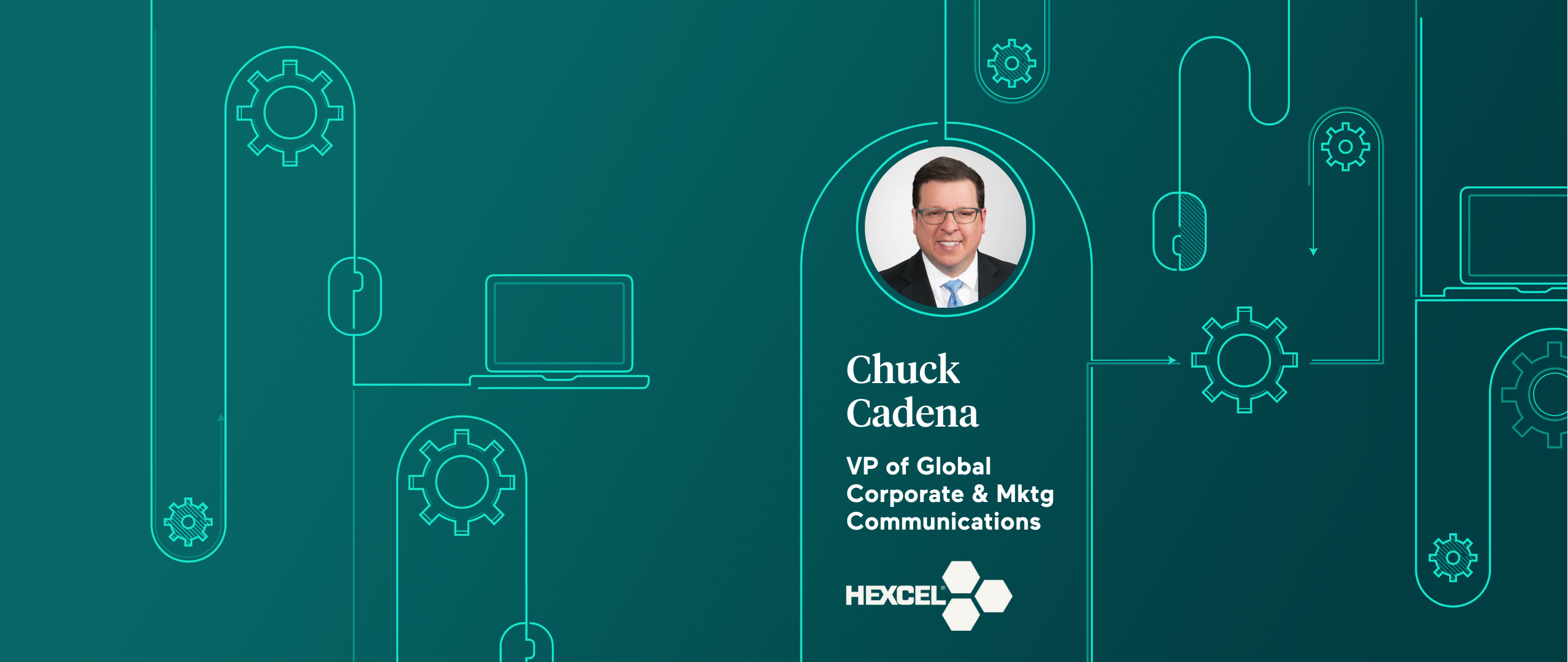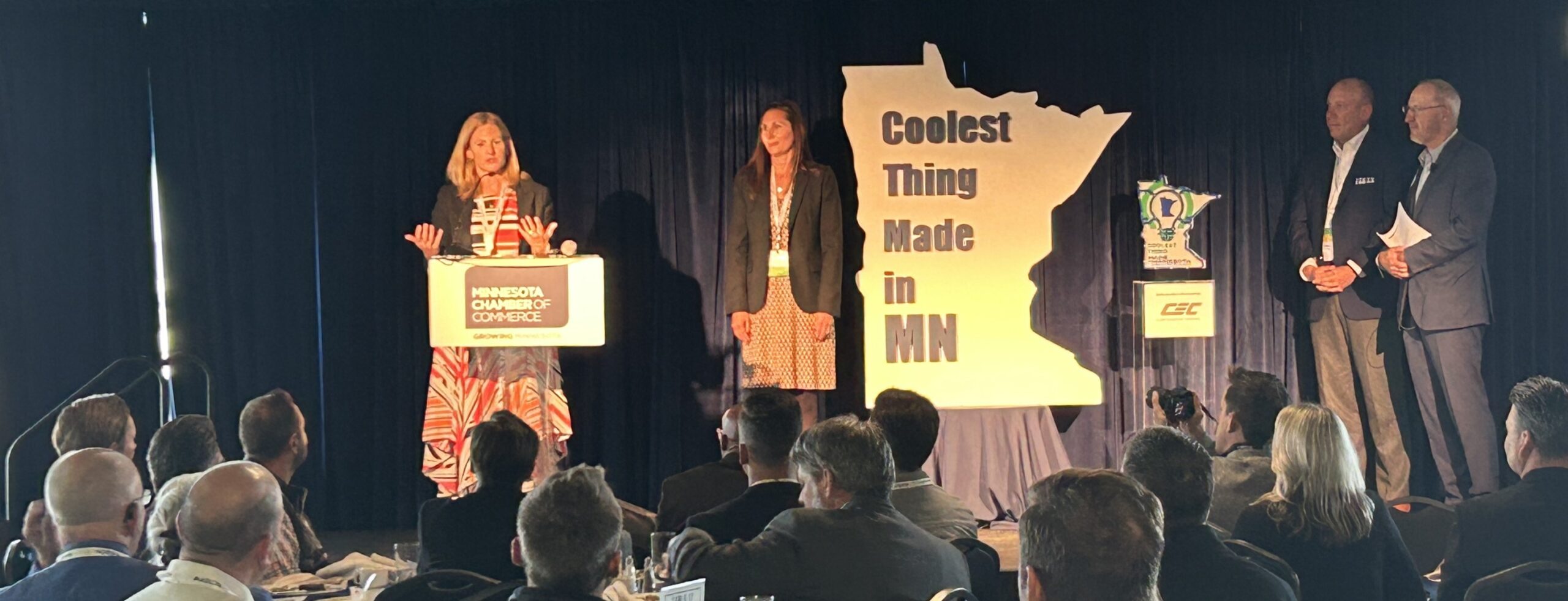On Super Bowl Sunday, American football fans gather around the chips and dips with the expectation that they will see not only a great game, but a number of great commercials.
It’s advertising’s biggest day of the year and every brand should pay attention – not just B2C brands.
Why?
At $5.25 million a spot, you can bet brands like Google and Pepsi have the most brilliant minds in advertising, marketing and behavioral science behind their 30-second ads. B2B brands may be better off spending their marketing dollars elsewhere, but they can benefit from taking a page out of the Super Bowl Sunday advertiser’s playbook.
Chapter 1: Evoke emotion
Microsoft
The story of Microsoft’s adaptive Xbox One controller, designed for children with physical disabilities, is told by kids, for kids.
The message is simple, yet jam packed with emotion, and encompasses universal themes of friendship, connection and overcoming hardship. These themes are relatable whether you or someone you know has a disability or not. “No matter how your body is or how fast you are, you can play.”
I’m not crying, you are.
Google
Google also used emotion to grab our attention with the “100 billion words” commercial. It shows how technology can help bridge cultural gaps and enhance the human experience.
Emotionally-driven forms of marketing and messaging are influential when it comes to B2B decision making. It shows the customer what value you’ll bring them on both a personal and business level. Think about how you can move your buyers with humor, joy and anticipation.
Chapter 2: Get behind a cause
Washington post
The Washington Post incorporated the recent trend of embedding social activism undertones into its ad. The message advocates for the importance of journalism, particularly in troubled times, and leaves us with a chilling message, “democracy dies in darkness.”
Whether you agree or disagree with how brands are using their voice or taking a stance on social issues, one thing is certain – humans like to get behind a cause and stand up for their beliefs, especially in our current political climate. In fact, Edelman’s 2017 study, “Beyond no brand’s land,” found that more than half (51 percent) of respondents believe brands have more power to solve social issues than the government.
If you see an opportunity to draw a solid connection between your business’ bottom line and positive change, it’s time to venture out of the corporate comfort zone. Keep in mind, though, buyers can boycott a brand as fast as they can get behind it. Learn what your buyers care about and use this to develop a non-polarizing approach that’s authentic to your brand. The Washington Post did it right with an issue both sides of the aisle can agree on.
Chapter 3: Humanize your brand
Turbotax “RoboChild”
A few ads this year starred robotic characters and ‘sad devices,’ shining a spotlight on the growth of artificial intelligence. A dark/dystopic dialogue runs through each ad, which suggests the anxiety around artificial intelligence is growing.
In a time when there are concerns about a robot uprising, or at least technology replacing jobs, B2B brands can stand out by humanizing messaging and retaining human-to-human interactions. At the end of the day, your buyers are real people and nobody enjoys talking to a machine.
Chapter 4: Leverage influencers
Bumble
In its first ever Super Bowl commercial, Bumble enlisted tennis legend Serena Williams as its spokesperson, to empower women to ‘make the first move.’
While “influencer marketing” is the latest term for it, advertisers have used spokespeople, key opinion leaders, celebrity endorsements, etc. for decades because it works. Your message has more credibility when it’s delivered not from you, but a third party your buyers trust. According to Neilson, influencer marketing delivers 11x higher ROI than traditional forms of digital marketing.
In B2B, influencers aren’t always celebrities. They could be trade journalists, doctors, engineers or business leaders. Take advantage of the influencers in your industry to spread your message and build brand trust.
It’s time for B2B marketers to embrace marketing strategies traditionally used by B2C brands to connect with customers, facilitate brand loyalty and build a stronger brand identity. Don’t be afraid to break out of the typical B2B campaign box. It will be key to differentiating your business from competitors and resonating with your buyers on a deeper level.
Questions? Email us at connect@inprela.com and follow us on LinkedIn to stay in the know of what’s trending in B2B.



